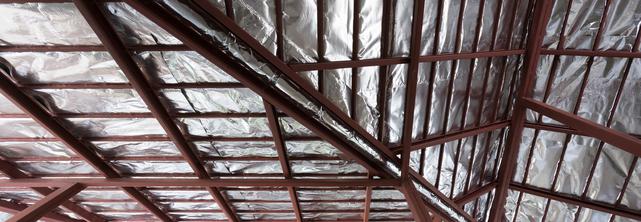Whether you live in a noisy neighborhood, have loud neighbors, or just want some peace and quiet in your home, soundproofing insulation can be a game-changer. Not only does it reduce the amount of noise that enters your home, but it can also help regulate temperature and reduce energy costs. However, before you start this project, there are a few things to consider to make sure you get the best results possible. In this article, we will discuss the top 3 things a homeowner should consider when installing soundproofing insulation and provide the average cost of the project.
Type of Insulation
The first thing you need to consider when installing soundproofing insulation is the type of insulation you want to use. There are many different types of insulation available, but not all of them are created equal. Some types of insulation are better at blocking sound than others, so it's essential to choose the right one for your needs.
One of the best types of insulation for soundproofing is blown-in cellulose insulation. This type of insulation is made from recycled paper and is treated with a fire retardant. It's highly effective at blocking sound and has an R-value of around 3.5 per inch. Another option is fiberglass insulation, which is also effective at blocking sound and has an R-value of around 2.5-3.5 per inch. However, it's essential to note that fiberglass insulation can be irritating to the skin, eyes, and lungs if not handled properly.
Installation Method
The second thing to consider when installing soundproofing insulation is the installation method. There are two primary methods of installation: blown-in and batt insulation. Blown-in insulation involves using a machine to blow insulation into the wall cavity, while batt insulation involves cutting pieces of insulation to fit into the cavity.
Blown-in insulation is the preferred method for soundproofing because it creates a more uniform layer of insulation that's better at blocking sound. Batt insulation can leave gaps, which can allow sound to pass through. Additionally, blown-in insulation is easier to install in hard-to-reach places, such as between floors and in attic spaces.
Professional Installation
The third and final thing to consider when installing soundproofing insulation is whether or not to hire a professional. While it's possible to install insulation yourself, it's often best to hire a professional. A professional will have the tools and expertise needed to install insulation correctly and ensure that it's as effective as possible.
The cost of hiring a professional will depend on the size of the project and the location of your home. On average, the cost of installing soundproofing insulation in a single room can range from $1,500 to $3,000. However, the cost can vary depending on the type of insulation used and the installation method.
In conclusion, soundproofing insulation can be a great investment for any homeowner looking to reduce noise levels and improve the comfort of their home. When considering installing soundproofing insulation, remember to choose the right type of insulation, consider the installation method, and decide whether or not to hire a professional. With these factors in mind, you can create a quieter and more comfortable living space.






comments